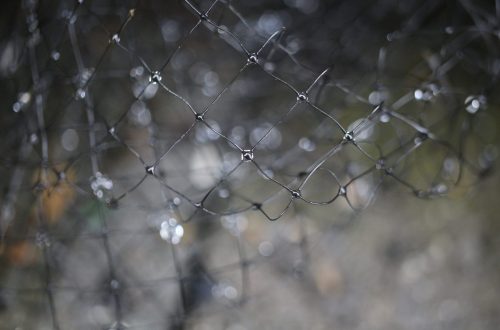
DIY Socket Organizer | How to Make It at Home
If you’re on the mission to declutter your life, don’t forget the tools you have lying around in every corner of your house! Maybe it’s a huge pile in a drawer, or maybe it’s in 4 different drawers. Get all your sockets together, sit down, and make yourself a DIY socket organizer. It’s VERY easy, and you only need a day!
Why You Need a Socket Organizer
Sockets are some of the tiniest tools people work with. It can be quite easy to lose them, and if not, it can be quite easy to get them mixed up. Sure they come with their markings, but when you’re in a hurry, nothing should come between you and productivity. This is why owning a socket organizer can help you make sure everything runs smoothly.
At one glance, you’ll be able to tell which socket is where. Not only will it be easy to pick out, but you can also try them on without taking them off the socket organizer.
Why You Should DIY
Now that you know that it is in your best interest to own a socket organizer, why should you make a DIY socket organizer? Wouldn’t it just be easier to head onto Amazon and order one? Well, sure, you could, but DIY helps you save a lot of money, and you can customize your organizer however you want. You can make as many organizers as you’d like, and you can control the number of sockets they will hold. Also, since you’re in charge of the building, you know it’ll be a sturdy and durable product by the end!
How to Make a DIY Socket Organizer at Home
It’s possible that you already have the materials at home, so getting started should not take a lot of time. It’s a simple and straightforward process, and you don’t need any help; you can do this on your own.
Gather the Materials
- ¾ inch ply, 18in × 6in
- ⅜ inch dowel, 4 feet long
- ¼ inch dowel, 4 feet long
- Saw
- Drill press
- Wood glue
- Sandpaper
- Hammer
Decide a Layout
If you have sockets in both metric and imperial units, it’s best to keep similar sizes next to each other. Keep the sizes that are the closest under and over other sizes. This will help when you are deciding which socket to use.
Mark the Board
Once your layout is decided, use a pencil to mark your plyboard where you need the holes. Be careful with these markings to make sure the sockets aren’t too close to each other or will not be easy to organize.
Drill the Holes
Using a ¼ bit or ⅜ bit drill press, drill the holes where you’ve made the markings. If you like, you can add a bit of slant (about 10 degrees) to the holes, so the dowels face upwards. This will help the sockets not fall off.
Prepare the Dowels
Using a saw, cut the dowels into 1¾ inch sections. Sand the corners of the dowels to make them smooth. This will ensure you don’t accidentally hurt yourself on a rough edge.
Glue the Dowels
Put glue on the edges of the dowels, but don’t dip the entire dowel in the glue. Only apply it to the tips. Try not to apply excess glue, but you can wipe it later if you accidentally do.
Hammer the Dowels
Use a hammer to fix the dowels in the holes you drilled. After adequately hammering in the dowels, wipe off any excess glue you see using a damp rag.
Label the Board
Once you are finished with the building aspect, you have to label the dowels to know which socket is where. To make sure your sockets don’t hide the labels, it’s best first to put the sockets on. Then, in the space, use a pencil to write the labels. Take off the sockets and use a pen to repeat the labels.
Place the Board
All that’s left to do is decide where you would like your board to go. The design of this particular socket organizer allows for the board to be stored both vertically and horizontally. You can either hang the board on the wall or you can place it in your drawer. Either way, it’ll securely keep your sockets organized.
Final Thoughts
Buying a socket organizer would probably take less time but a lot of extra money. If you have the materials at home, you should make a DIY socket organizer yourself! It will help reduce the clutter in your house. Also, it will make building things and fixing them much easier because your tools will be readily available at your fingertips.
Photo by Mila Albrecht on Unsplash




